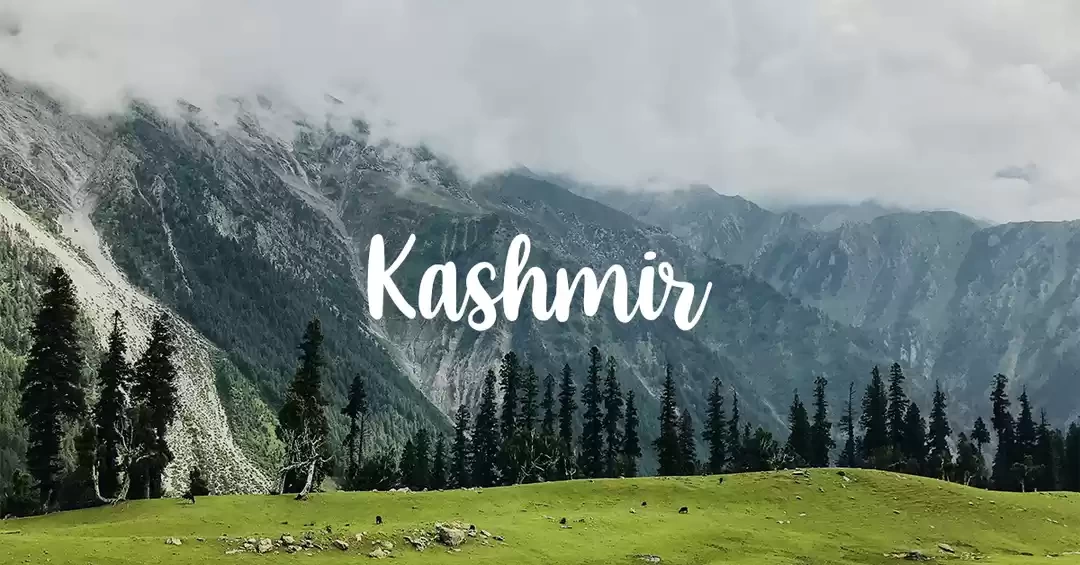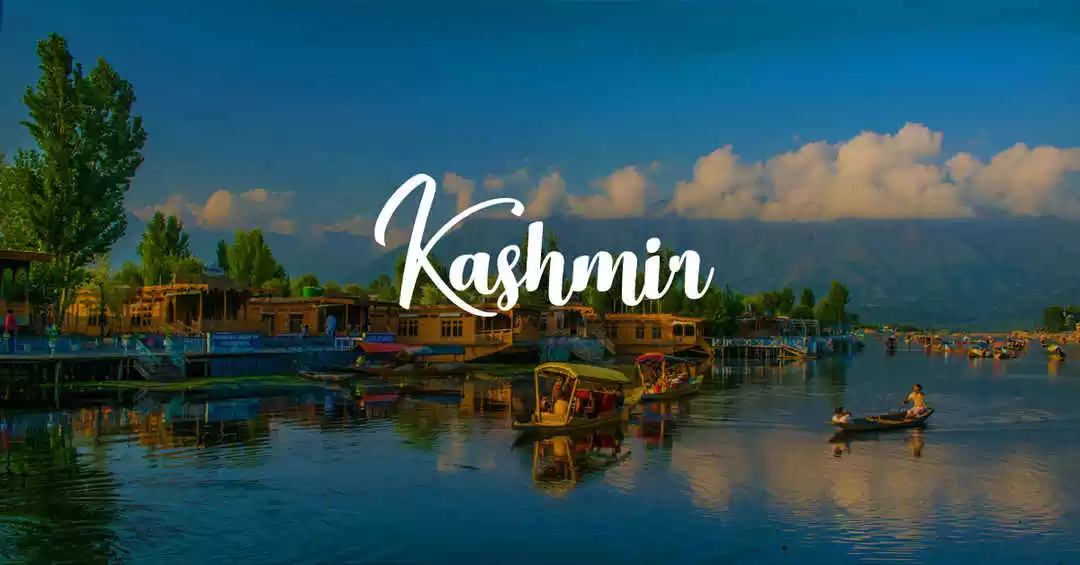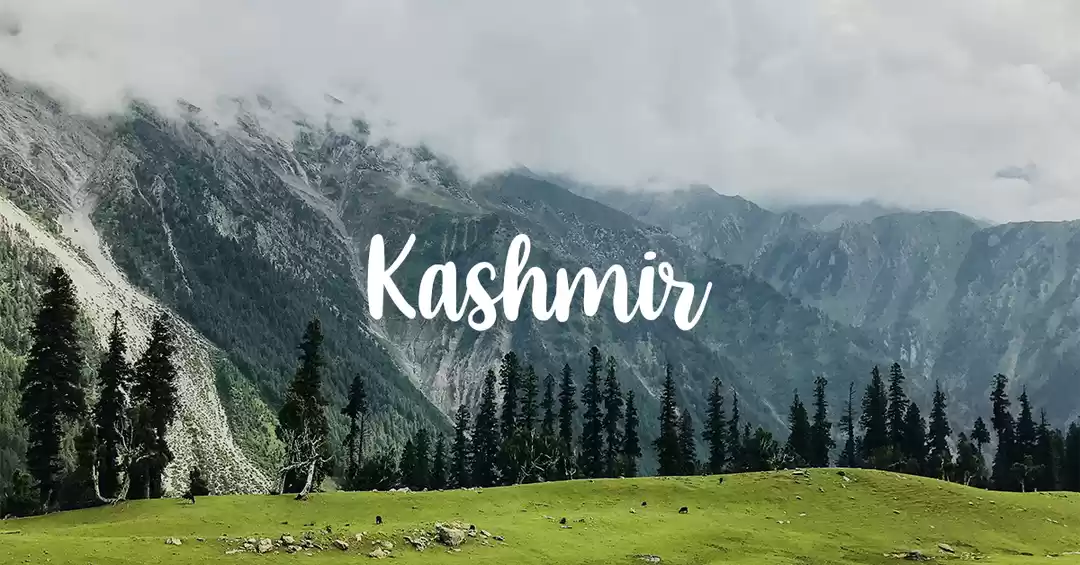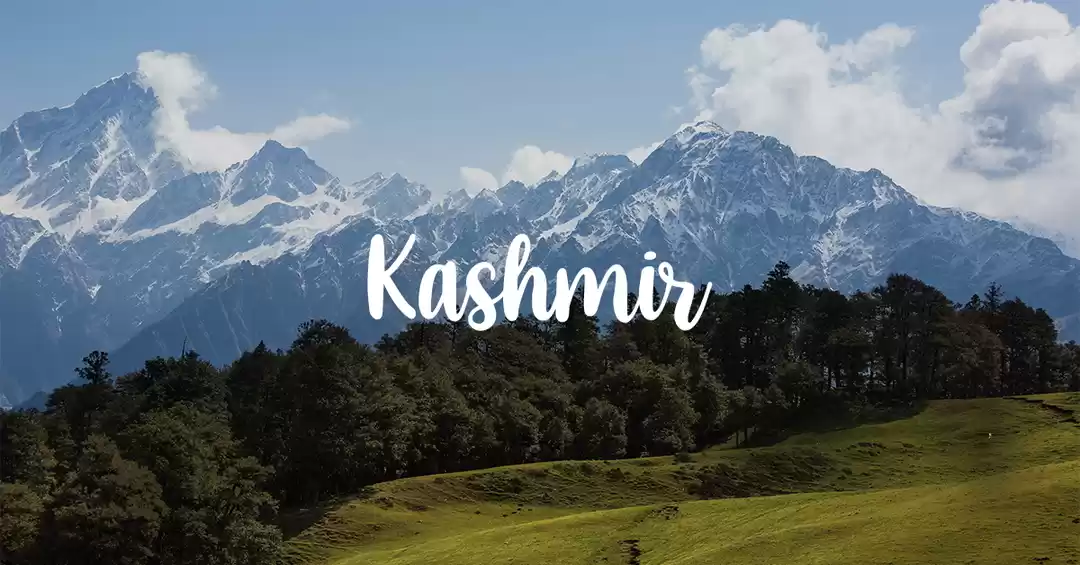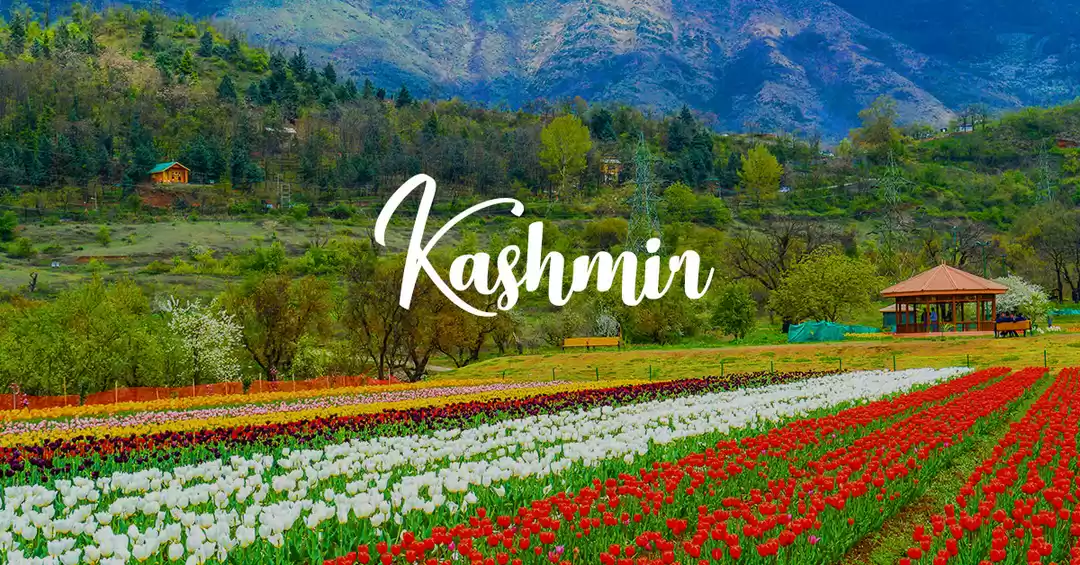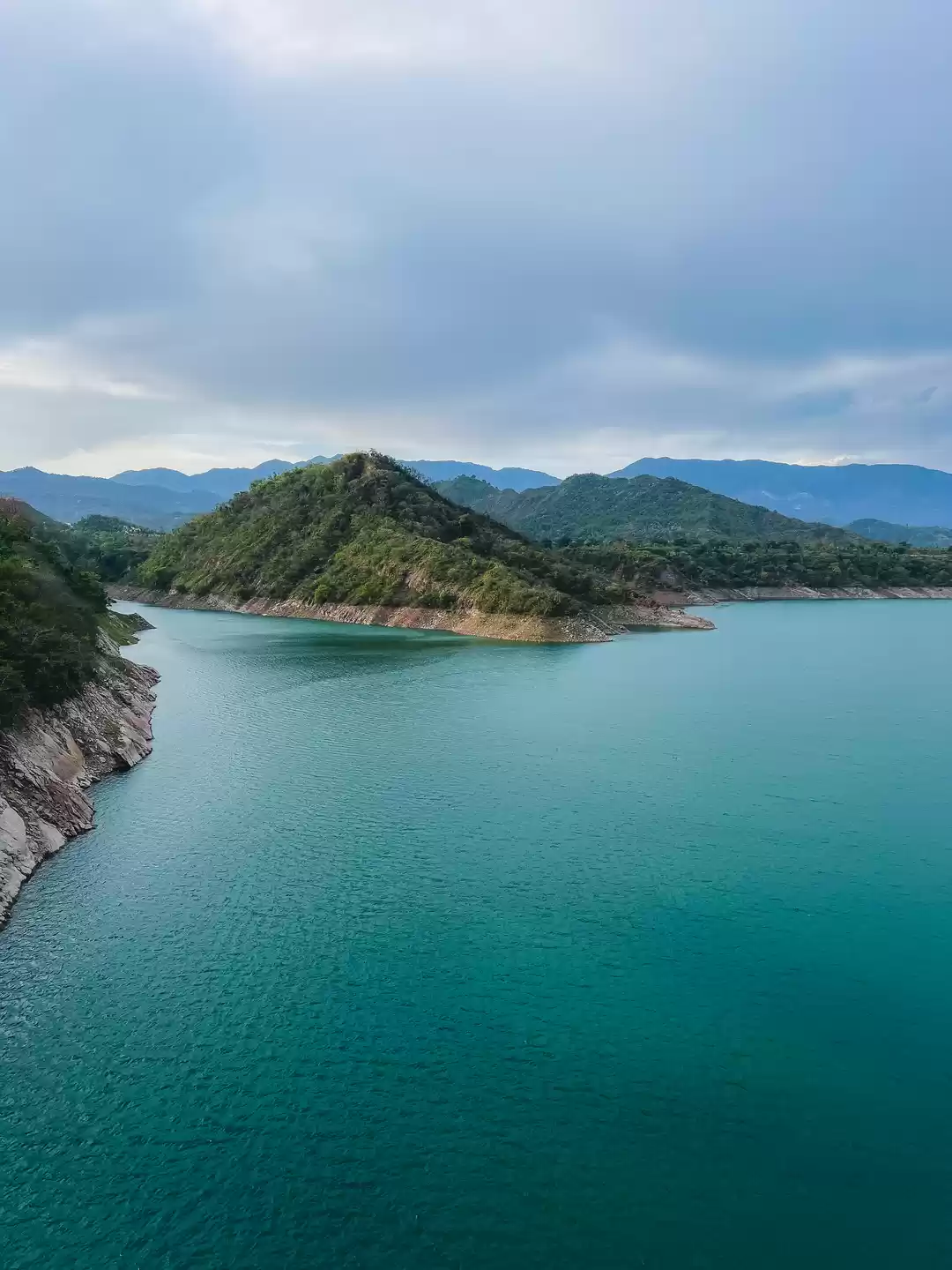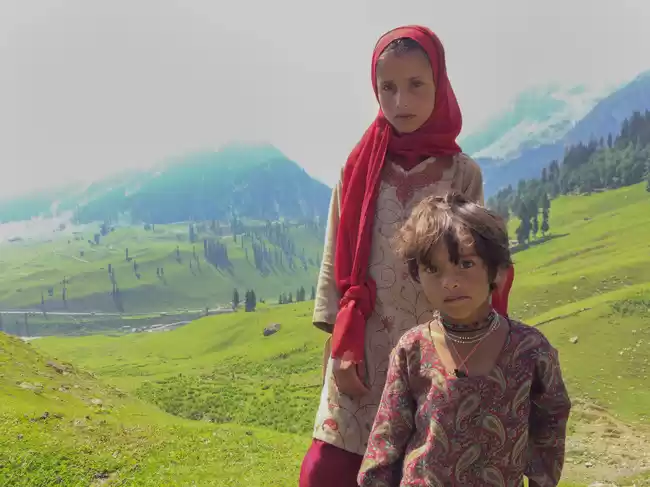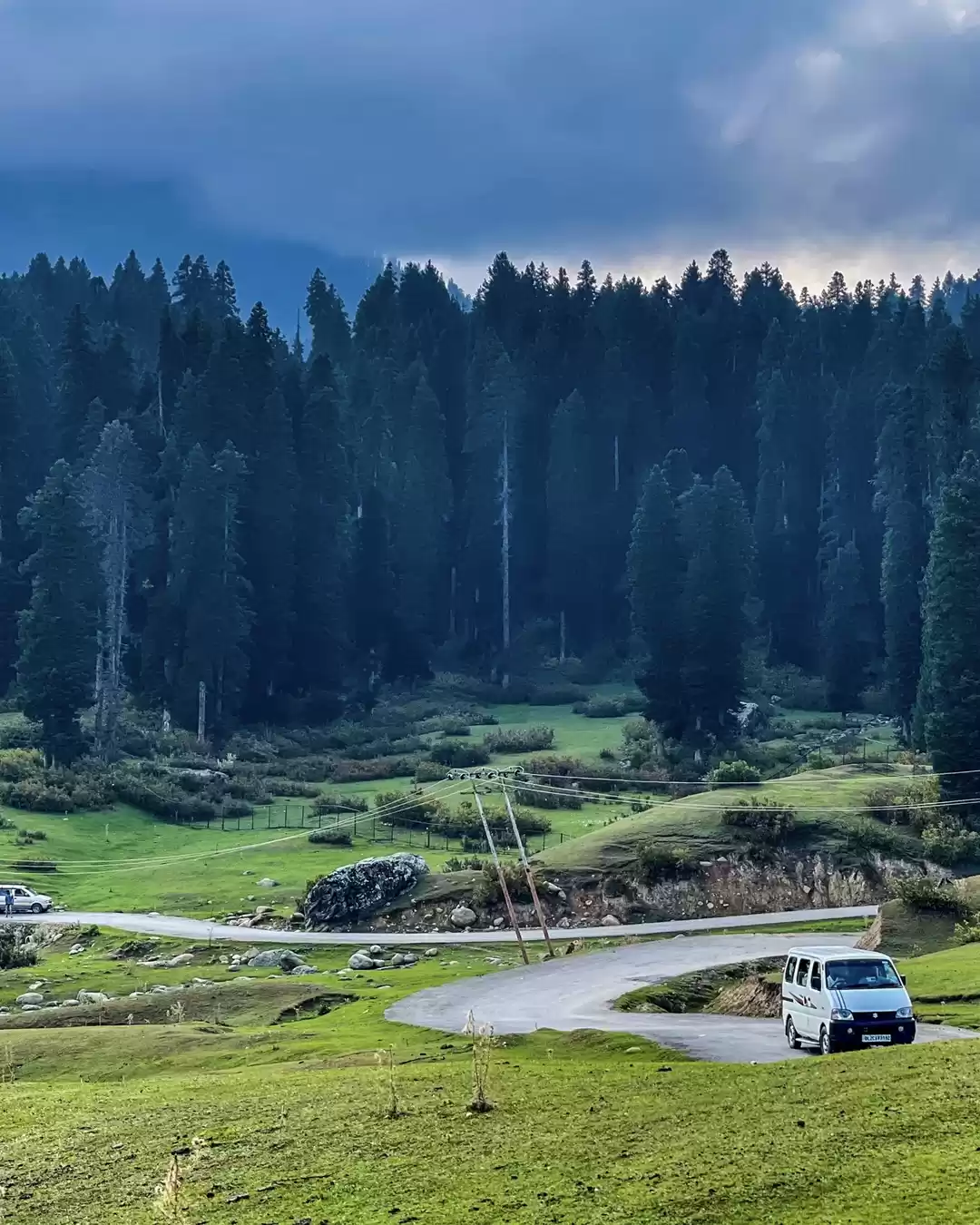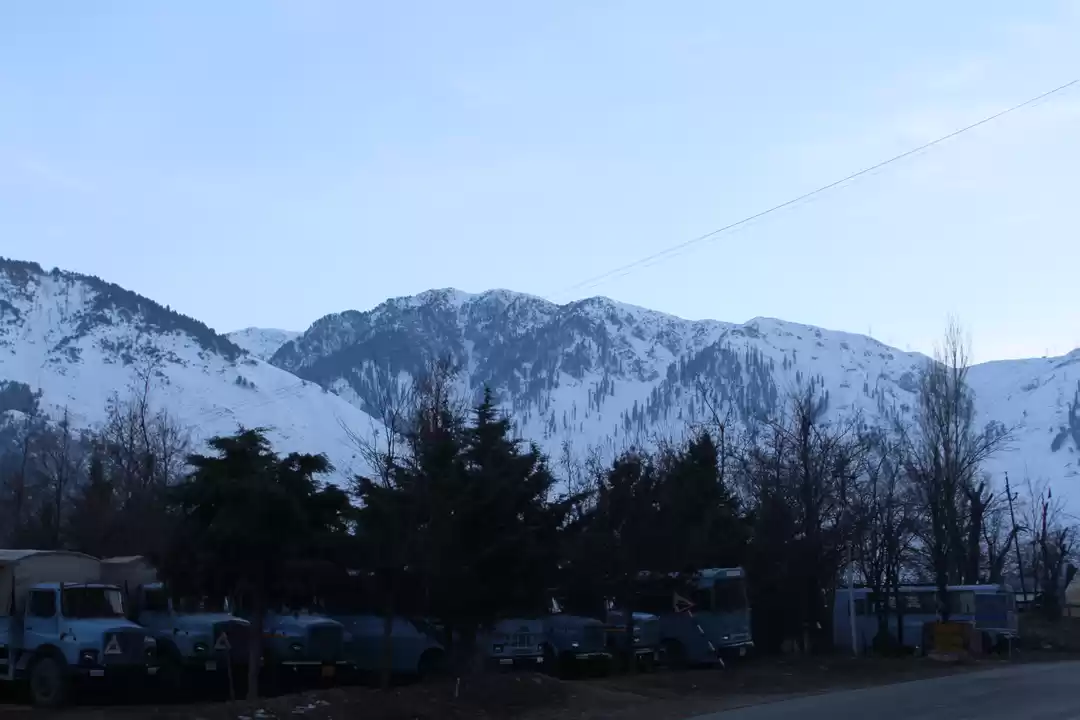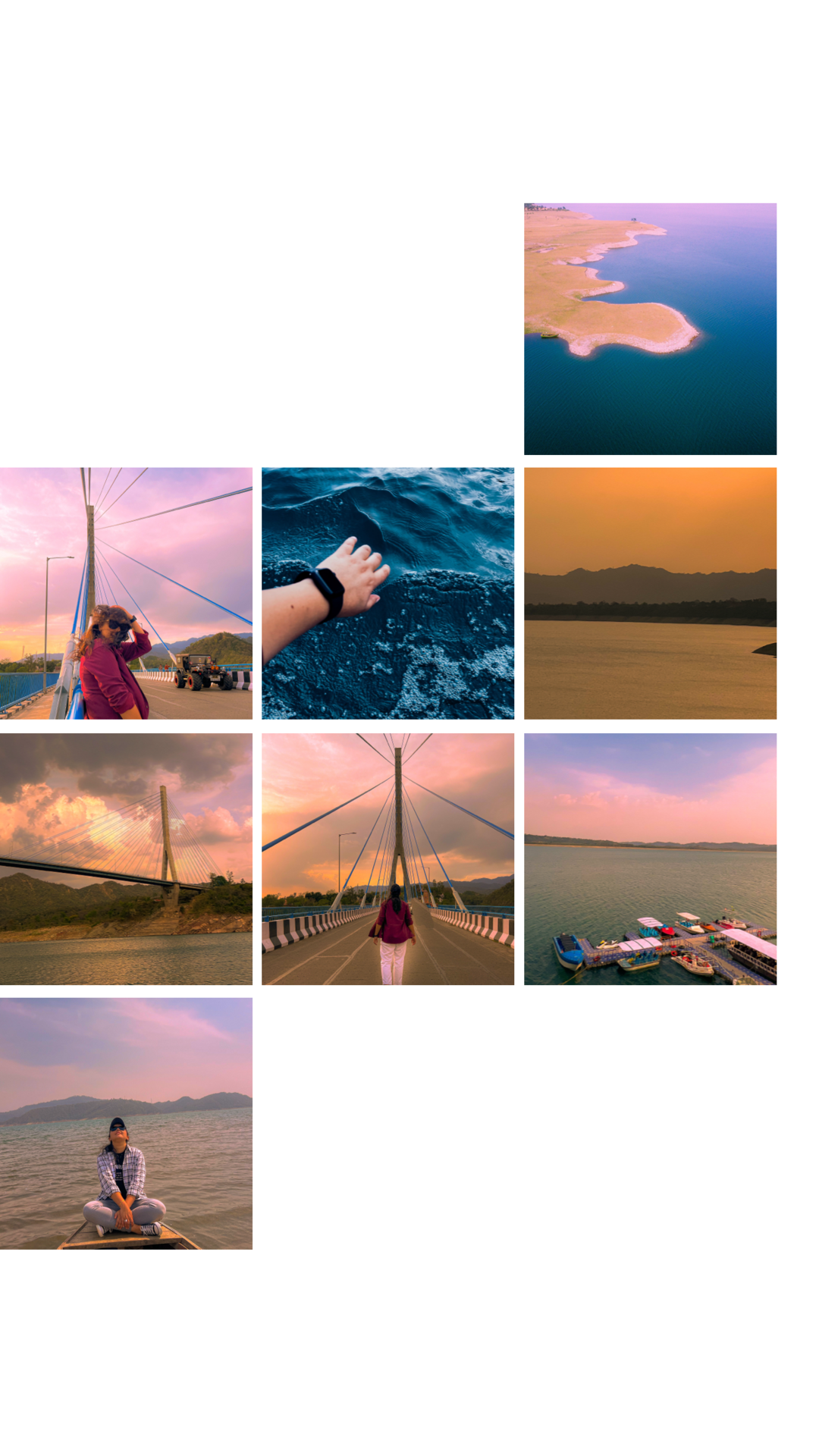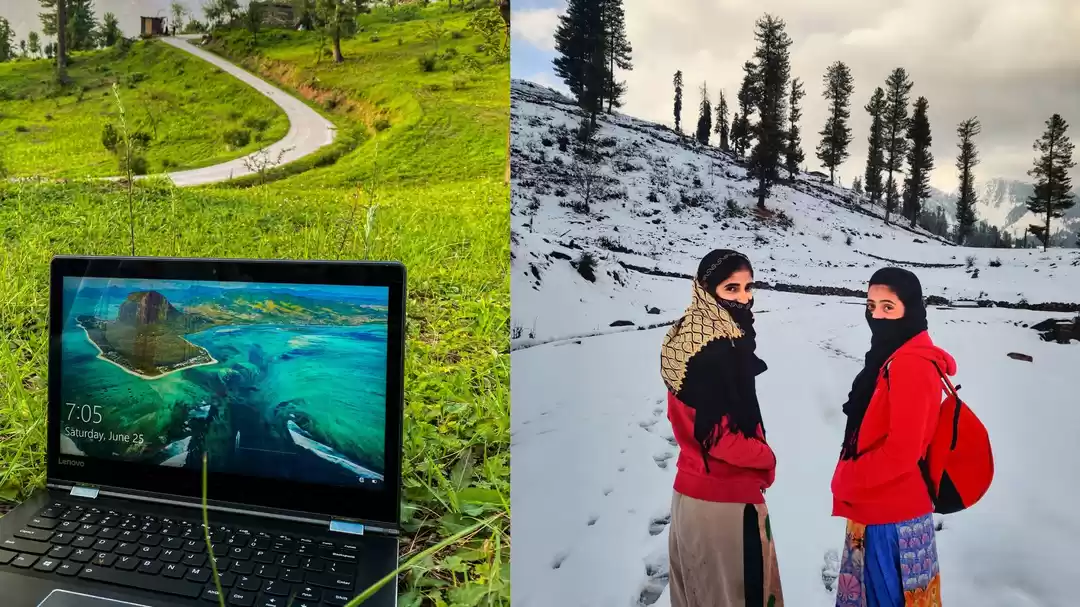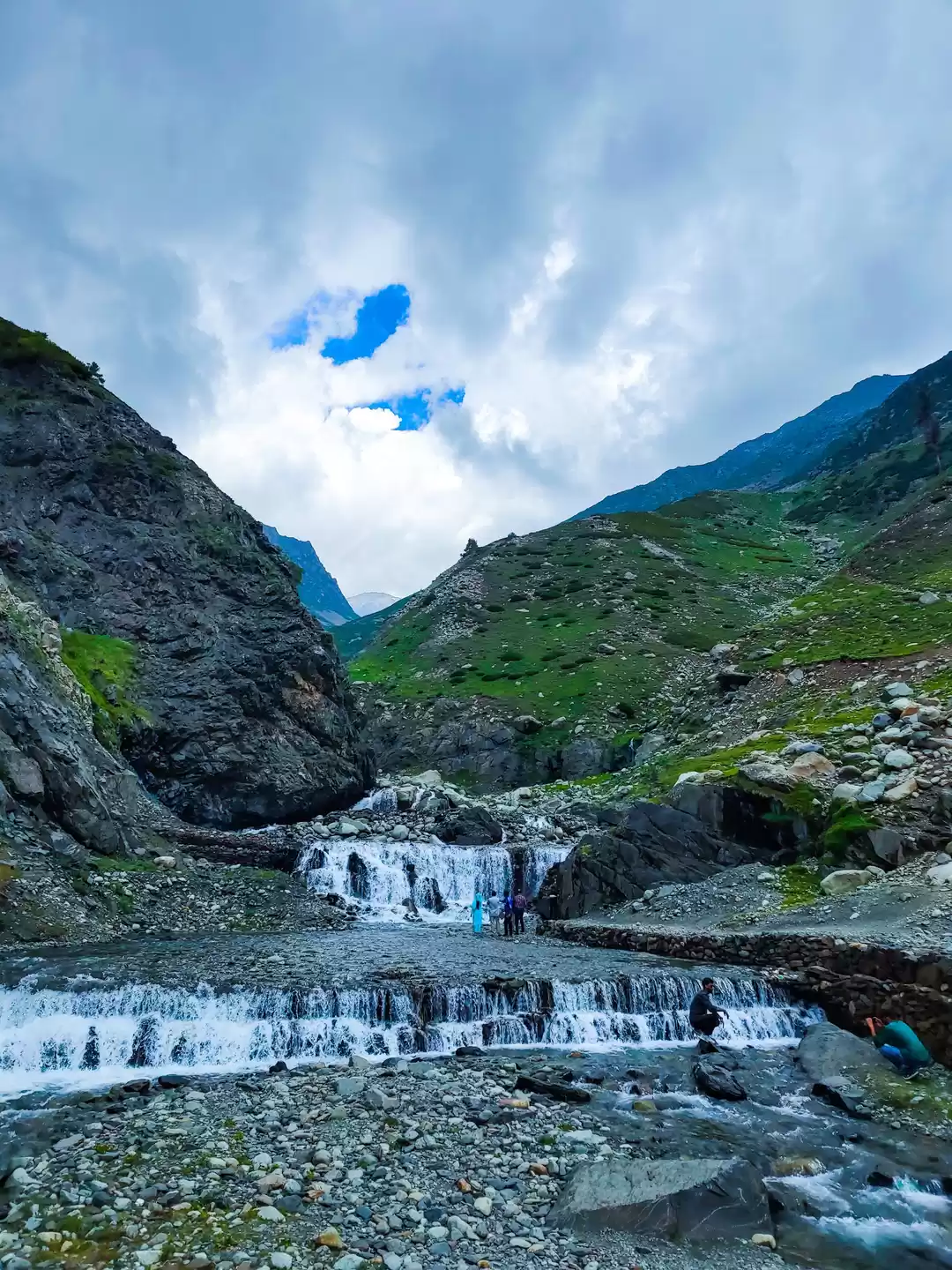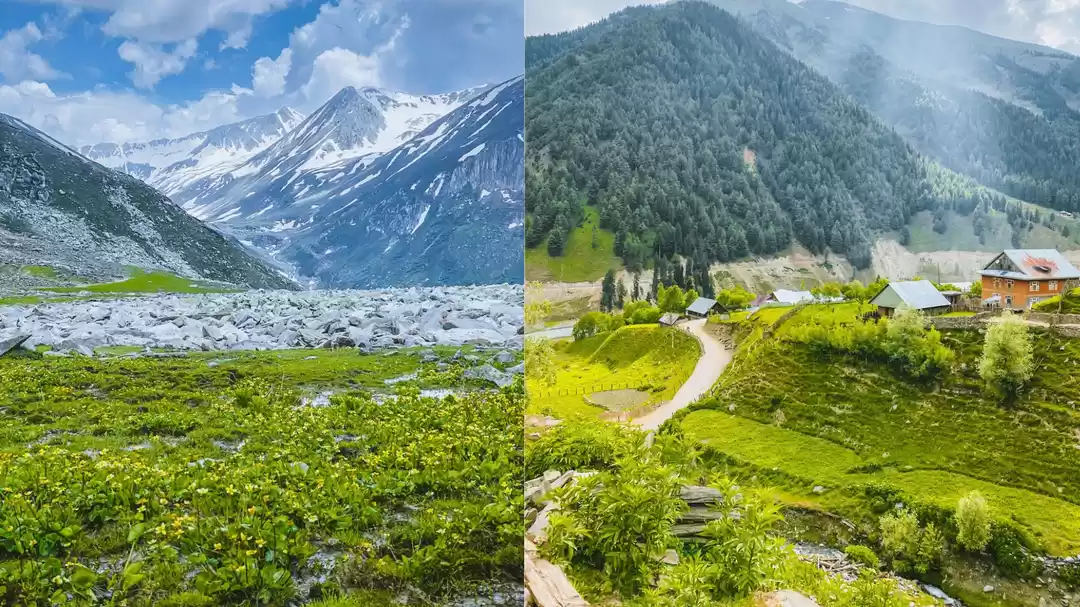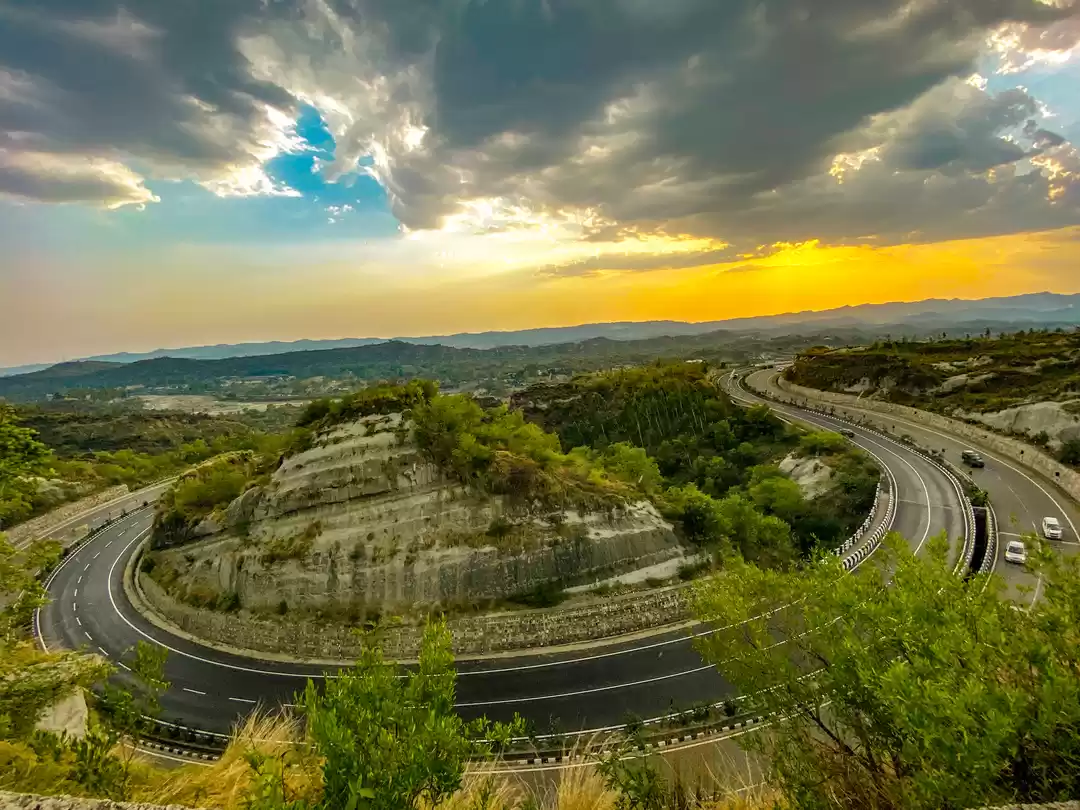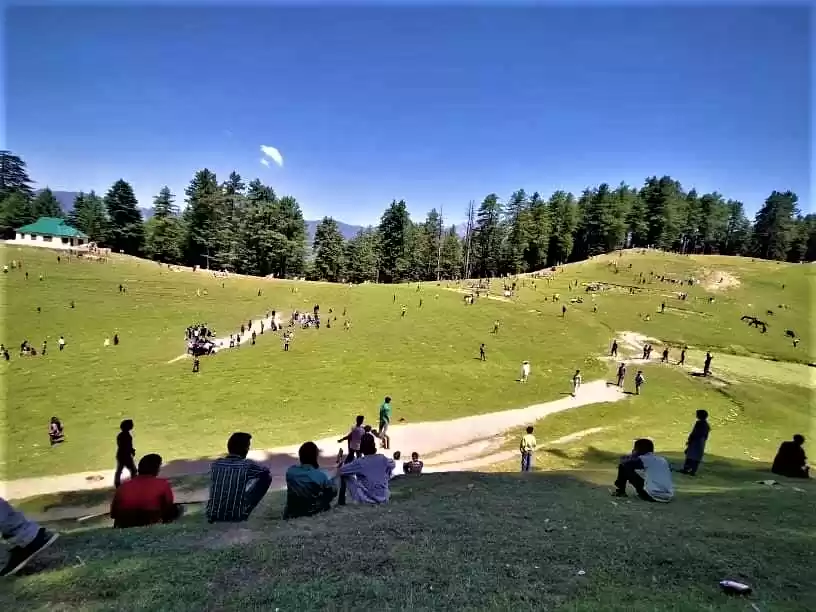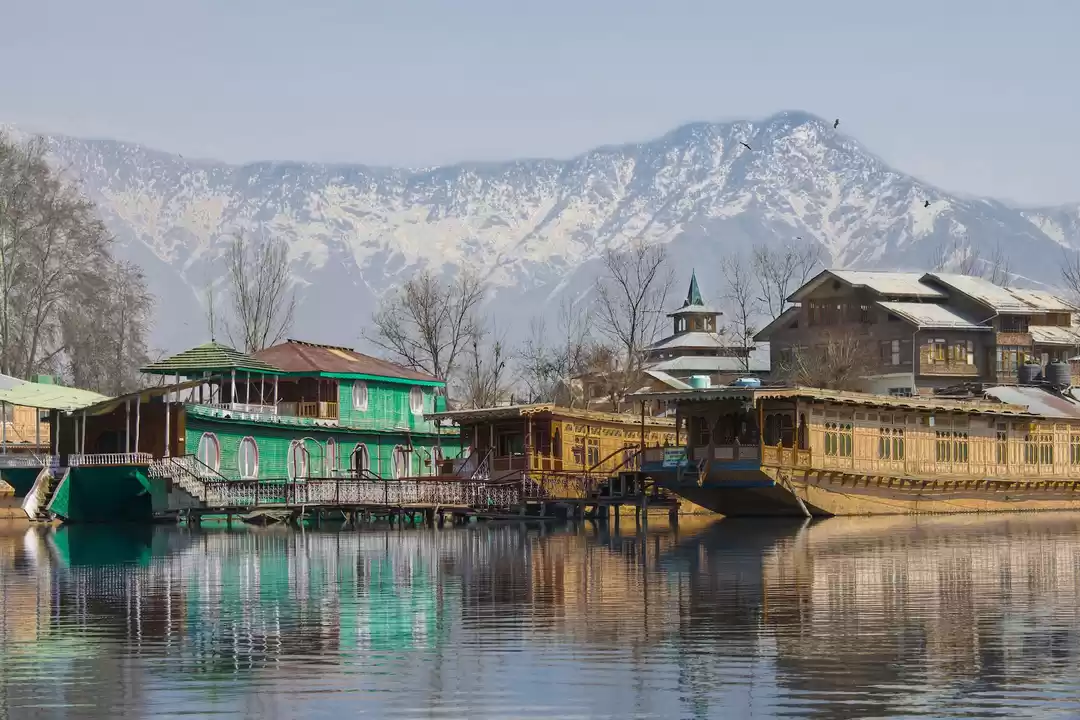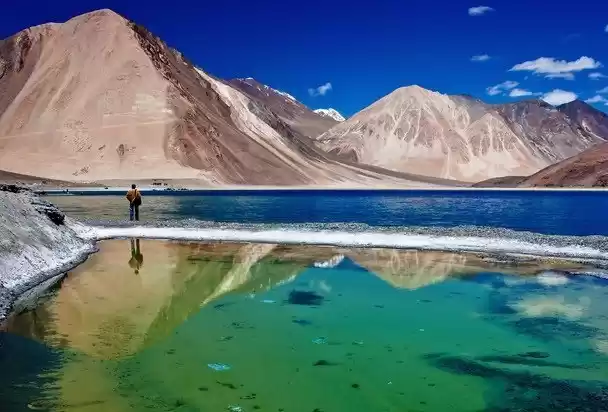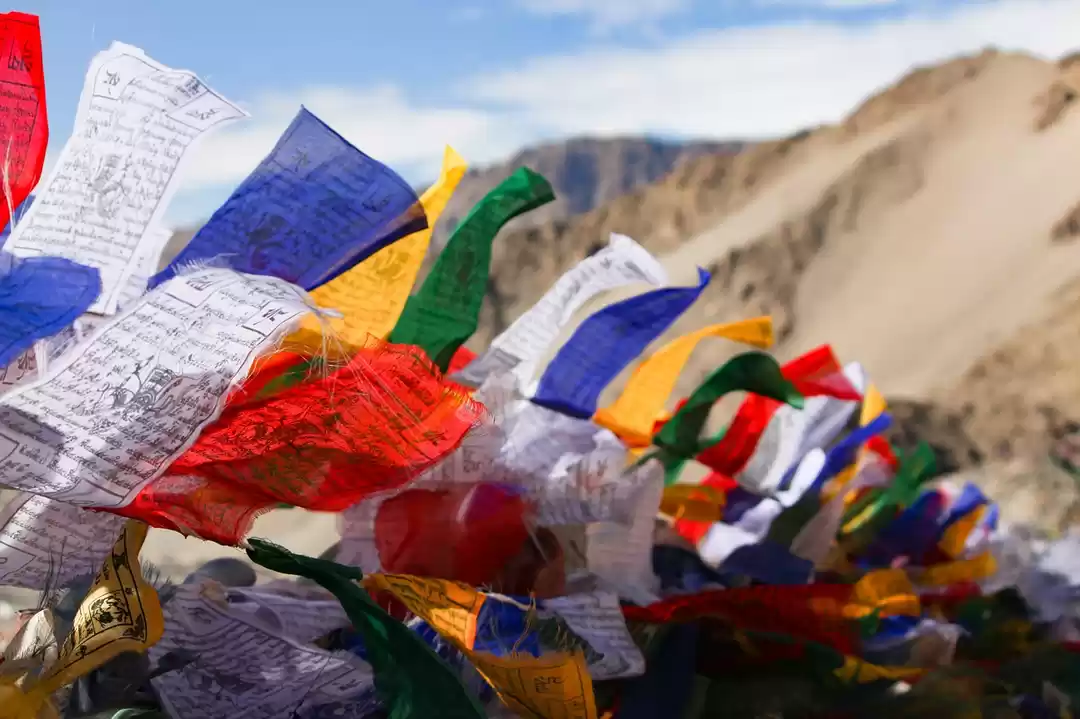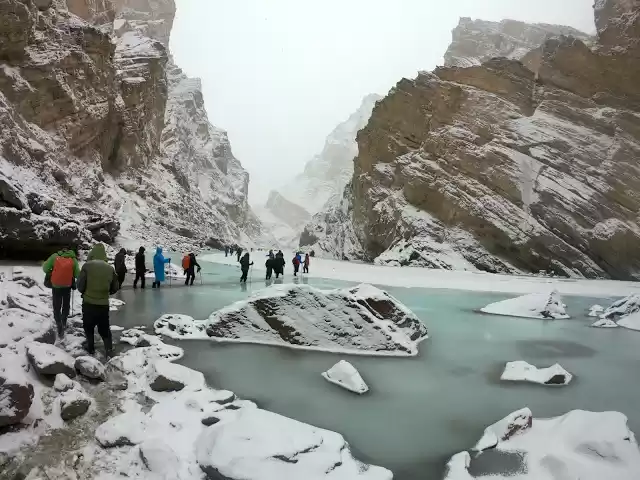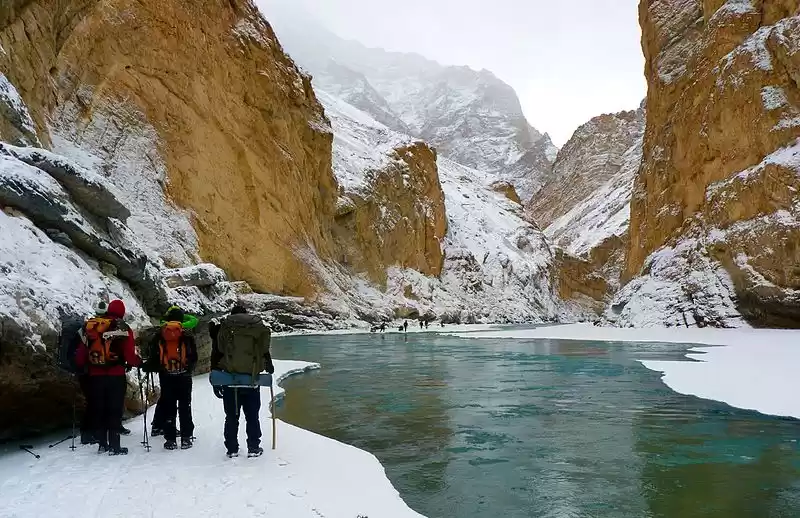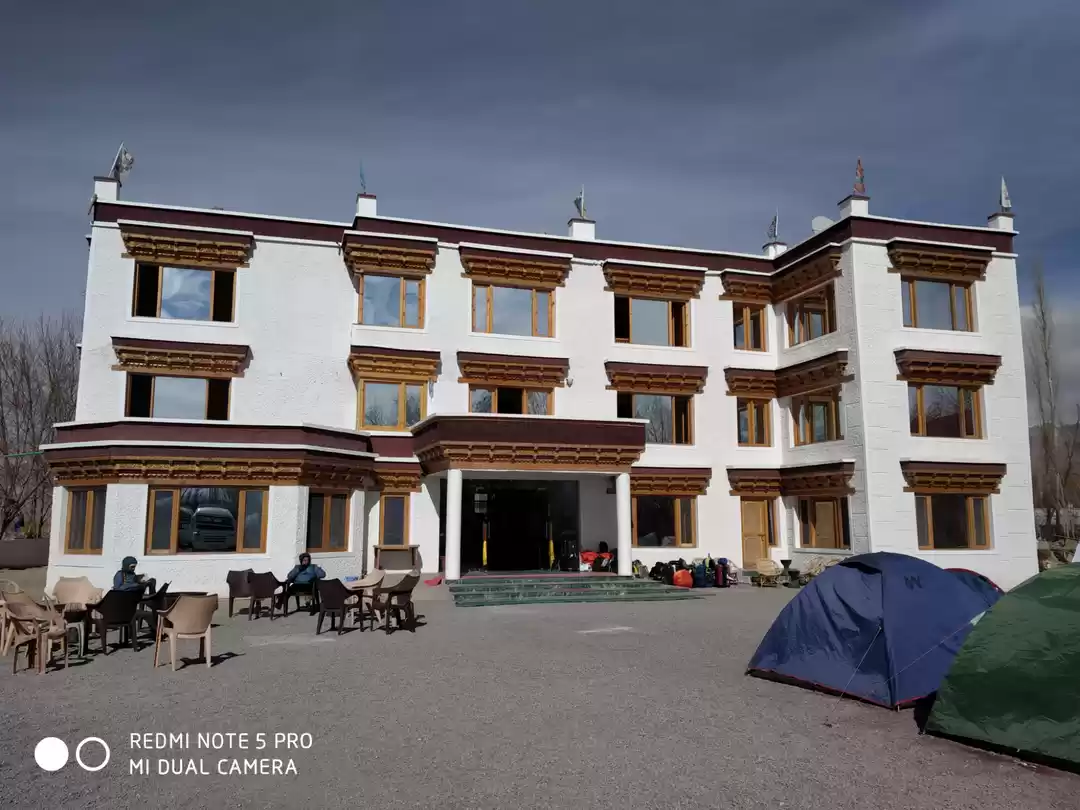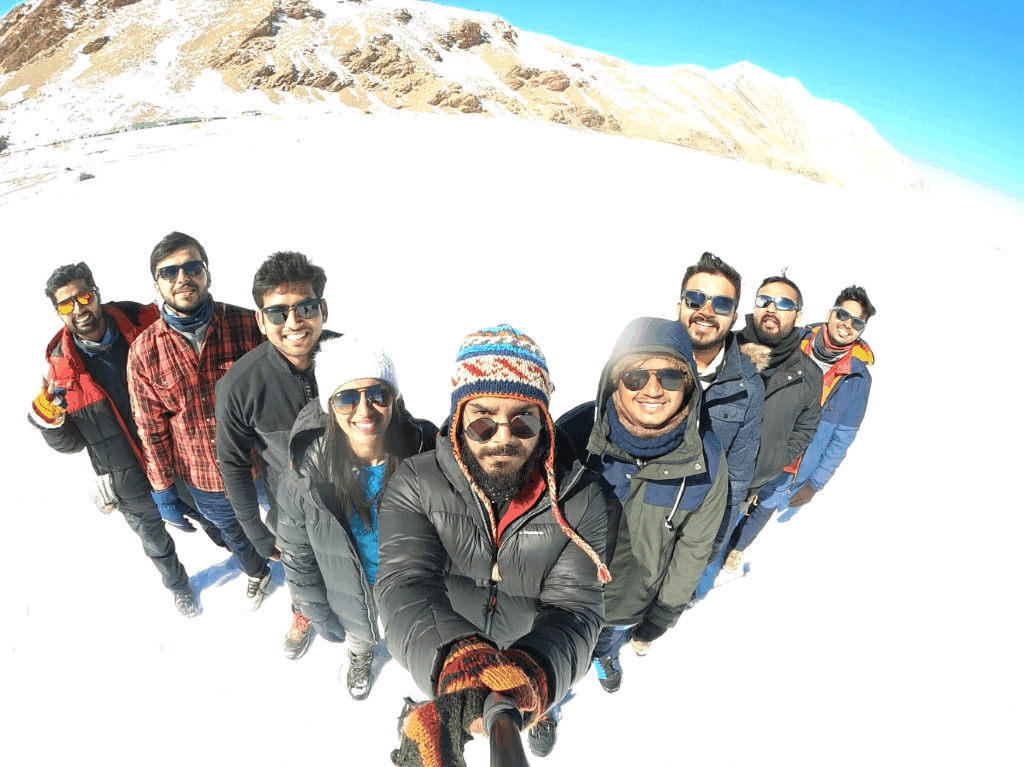With chilly winds howling through Zanskar Valley in Ladakh and temperatures dipping to -10 °C during the day and -20 to -25 °C at night, the Zanskar river is slowly freezing over and transforming into a blanket or chadar of ice. The surface of the river crystallises with a fascinating greenish-blue glow from within, waterfalls freeze into gorgeous shapes and snow swamps mountain passes.
The natives of the villages in Zanskar valley nestled in the frosty mountains don't mind the harsh cold. They consider it an ally.
Cut off from the outside world, the frozen Chadar helps connect them to Leh from where they get basic supplies, reach children to school and sell local goods like Yak butter, copper utensils, animal skins to tide them over the harsh winters. It's a 145 km walk through glacial winds and treacherous ice but for the natives here who have set foot on the ice at ages as young as five, this is life.
With folklore and customs that taught the locals to respect the nature around them, the locals know how to respect, manoeuvre and live in harmony with the elements. In recent years, however, the sacred narrow gorge has been overrun by hordes of camera-toting trekkers who know nothing of this delicate balance between man and nature.
While guides, videos and print were presenting the 11150 ft trek as an adventure enthusiast's fantasy, BBC's 2011 series 'Human Planet' dubbed this vital stretch of the Zanskaris as 'the wildest trek'. Come January and trekkers from all over the world fly in to stomp around in this ecologically fragile zone.
This beautiful but very dangerous trek has even beginners signing up with no trekking experience.
Additionally, the Chadar has survived since so long because of the minimal traffic there. Locals would use this trek only when they needed to but now with the influx of tourists, the stretch has become overcrowded. With global warming and too many footfalls, if the ice breaks and melts, there's not enough time for it to go back to its icy state. So on a given day, if locals need to use this stretch they might not be able to do so.

An average of 300 people including trekkers and their crew tread the Chadar. Overnight camping with blaring music disturbs the peace of the valley. Porters and tourists with no respect for the place don't think twice before littering and even urinating on the ice. Feces don't biodegrade in the cold and urine pollutes the river whose water the villagers use for drinking purposes.
Owing to the growing popularity of the place, the government has decided to create a road through the gorge. With all this commercialism, all the beliefs that were carefully nurtured by the Zanskaris will become redundant.
Worse still, studies indicate that at the rate of increase in global warming, the river will not last for more than 4 years.
Tripoto will no longer feature or promote any stories about the Chadar trek. Every traveller has a responsibility towards a place and its locals and by treading the Chadar we are dismissing these responsibilities.
With the state of things now, the present generation of Zanskaris may be the last generation to tread the Chadar. The locals say that the spirits of Chadar have been angered by the blatant disrespect of the place. The Gods are angry and when they leave, they say, they'll take the frost with them.






